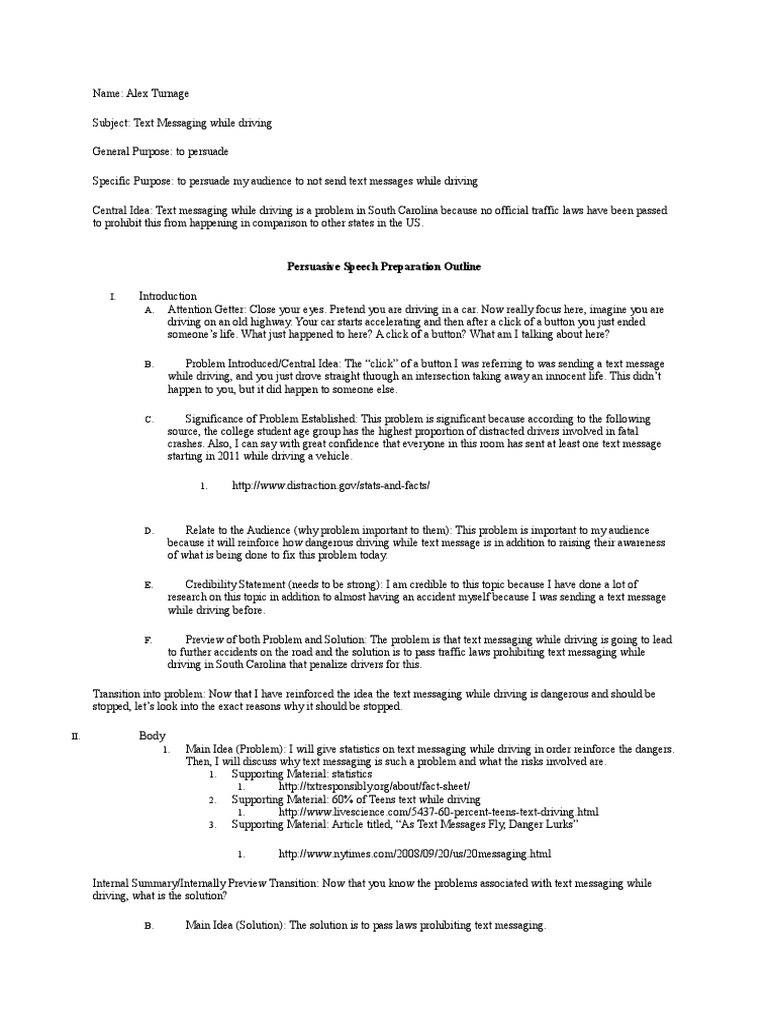Text messaging while driving has become an inescapable concern in California, a state notorious for its sprawling highways and congested urban roadways. The allure of a vibrating smartphone, offering a cacophony of notifications, is undeniably tempting for many drivers. However, the dire consequences of this seemingly innocuous habit are sobering and necessitate immediate examination.
California, with its miles of picturesque scenic roads, has witnessed a steady rise in accidents attributed to distracted driving, an alarming reality that compels both lawmakers and citizens to scrutinize the underlying societal dynamics. The practice is often justified by the belief that answering a quick message or checking an email is innocuous. This assumption is not only misleading but also perilous; studies have shown that texting impairs reaction times more than drinking alcohol—a staggering revelation that challenges prevailing perceptions.
The juxtaposition of technology and responsibility highlights an intriguing paradox within modern culture. While smartphones empower communication and enhance connectivity, they concurrently sow seeds of distraction that can lead to catastrophic outcomes. It’s no surprise that California legislators have taken a staunch stance against text messaging while driving, implementing a series of laws designed to curb this menace. Legislation mandating hands-free devices has been enacted, aiming to instill a greater sense of accountability among drivers.
Moreover, the pervasive nature of smartphone addiction plays a significant role in this phenomenon. The dopamine hit received from notifications creates a compulsion to engage with our devices, often at the expense of situational awareness. As one engrosses themselves in a virtual conversation, the real world fades into a blur, heightening the potential for devastating accidents. This compulsive behavior underlines a more profound societal dilemma regarding our relationship with technology and the boundaries we are willing to tread in the name of connectivity.
Education and awareness campaigns are pivotal in combating this scourge. Initiatives aimed at informing young drivers about the dangers of texting while driving have surged in schools and communities. By fostering dialogues about responsible driving habits and the implications of distractions, stakeholders can actively contribute to a cultural shift that prioritizes safety over convenience.
Ultimately, the path toward eradicating text messaging distractions while driving in California involves a multifaceted approach. Legal repercussions, educational efforts, and a fundamental reevaluation of our relationship with technology must converge to instigate genuine change. As the state grapples with the tribulations of modern life, it is imperative to recognize that safety on the roads is a collective responsibility, one that demands vigilance and respect in the face of captivating distractions.
